
You don’t have to spend long at “Georgia O’Keeffe: To See Takes Time,” MoMA’s new show of the artist’s works on paper, to see that she was wrong about her own talents. This is nothing unusual. Mark Twain was sure that his masterpiece was a soggy thing called “Personal Recollections of Joan of Arc.” Susan Sontag thought that she was a great novelist whom the world had mistaken for an essayist. And O’Keeffe devoted the better part of her ninety-eight years to grand, sometimes grandiose oil paintings, despite the ample evidence that she was spectacular with charcoal and watercolor. A worldclass sprinter chose to run marathons.
She must have had some sense of this. On the eve of her 1970 retrospective at the Whitney, she said, maybe not in jest, that she’d never topped her early drawings and watercolors. Elsewhere, she suggested that she’d turned to oils because that’s what you did if you wanted attention. Fair enough, as far as the young O’Keeffe was concerned—watercolors might have been too easy for macho avant-gardists to dismiss as dainty lady-painting—but what about decades later, when she’d become one of the most famous artists in America and could have done whatever she liked? Culture-makers are as vulnerable to genre snobbery as culture consumers, and so, much as Sontag seems to have convinced herself that novels mattered more than essays, O’Keeffe stuck with a medium that maintained her fame at the cost of muffling her gifts. Most of the pieces in this show had been completed by 1917, the year she turned thirty.
この記事は The New Yorker の May 08, 2023 版に掲載されています。
7 日間の Magzter GOLD 無料トライアルを開始して、何千もの厳選されたプレミアム ストーリー、9,000 以上の雑誌や新聞にアクセスしてください。
すでに購読者です ? サインイン
この記事は The New Yorker の May 08, 2023 版に掲載されています。
7 日間の Magzter GOLD 無料トライアルを開始して、何千もの厳選されたプレミアム ストーリー、9,000 以上の雑誌や新聞にアクセスしてください。
すでに購読者です? サインイン
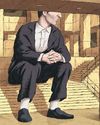
ART OF STONE
\"The Brutalist.\"
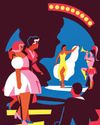
MOMMA MIA
Audra McDonald triumphs in \"Gypsy\" on Broadway.

INTERNATIONAL AFFAIRS
\"Black Doves,\" on Netflix.
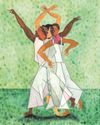
NATURE STUDIES
Kyle Abraham's “Dear Lord, Make Me Beautiful.”
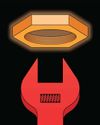
WHAT GOOD IS MORALITY?
Ask not just where it came from but what it does for us

THE SPOTIFY SYNDROME
What is the world's largest music-streaming platform really costing us?

THE LEPER - LEE CHANGDONG
. . . to survive, to hang on, waiting for the new world to dawn, what can you do but become a leper nobody in the world would deign to touch? - From \"Windy Evening,\" by Kim Seong-dong.
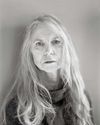
YOU WON'T GET FREE OF IT
Alice Munro's partner sexually abused her daughter. The harm ran through the work and the family.

TALK SENSE
How much sway does our language have over our thinking?

TO THE DETECTIVE INVESTIGATING MY MURDER
Dear Detective, I'm not dead, but a lot of people can't stand me. What I mean is that breathing is not an activity they want me to keep doing. What I mean is, they want to knock me off. My days are numbered.